There is an undeniable pull to the past, a desire to walk where emperors reigned or stand before monuments born of love and ambition. This journey transports you to the world’s most incredible historical sites, each one a silent storyteller of a bygone era. These places hold the secrets of human history, whispering tales of grand empires and ancient mysteries waiting to be discovered. To satisfy your curiosity and spark your travel plans, check out our list of ten timeless destinations.
The Colosseum
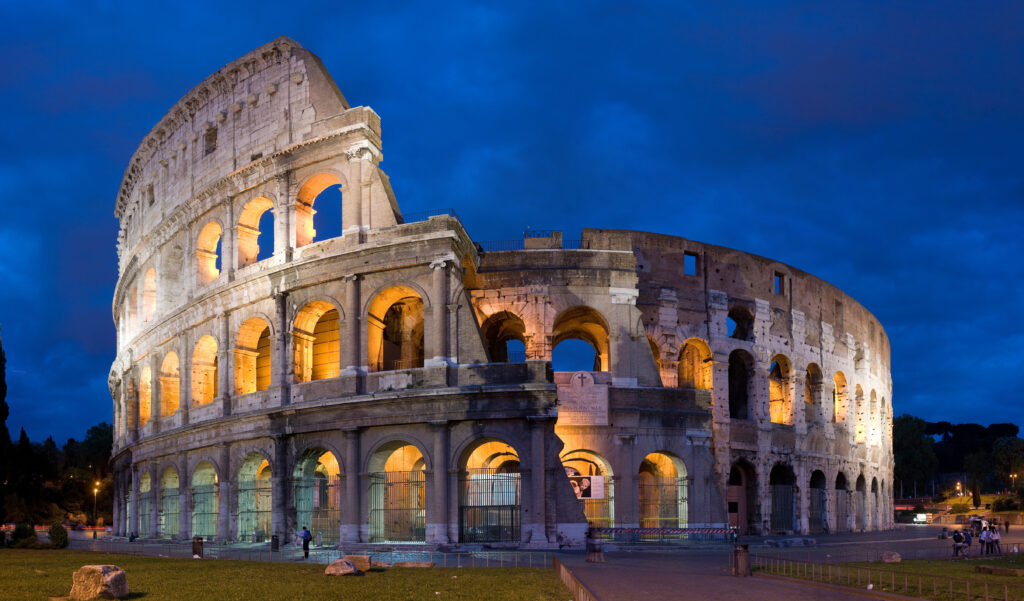
Photo by DAVID ILIFF. License: https://creativecommons.org/licenses/by-sa/3.0/
License : Creative Commons Attribution-Share Alike 2.5 Generic
Do you ever wonder what it was like to be entertained in ancient Rome? Picture this: the Colosseum, the world’s largest amphitheater, roaring with crowds. The architectural marvel, built from travertine limestone and tuff, hosted everything from gladiatorial contests to wild animal hunts. Today, it remains one of the best-preserved structures, which draws over 7 million visitors annually.
The Great Wall Of China
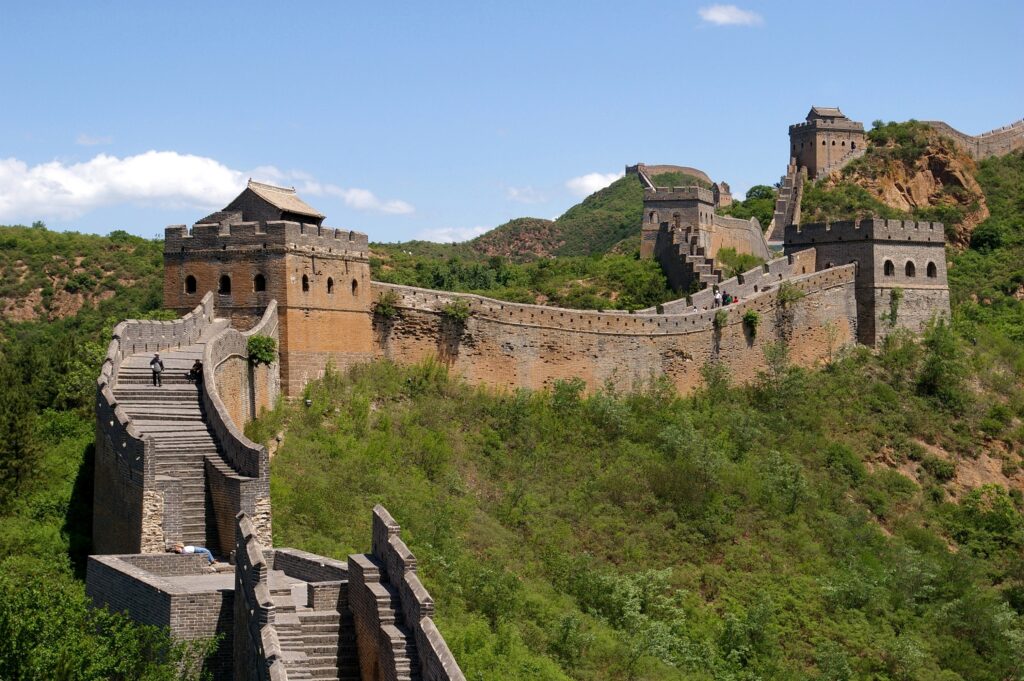
Photo by Jakub Hałun on Wikimedia Commons
License : Creative Commons Attribution-Share Alike 3.0 Unported
Forget what you’ve heard—the Great Wall of China isn’t actually visible from the moon. This incredible defensive wonder is not a single wall but a network of fortifications stretching over 13,000 miles. Built across centuries to protect against nomadic raids, its most famous sections date back to the Ming Dynasty.
Machu Picchu
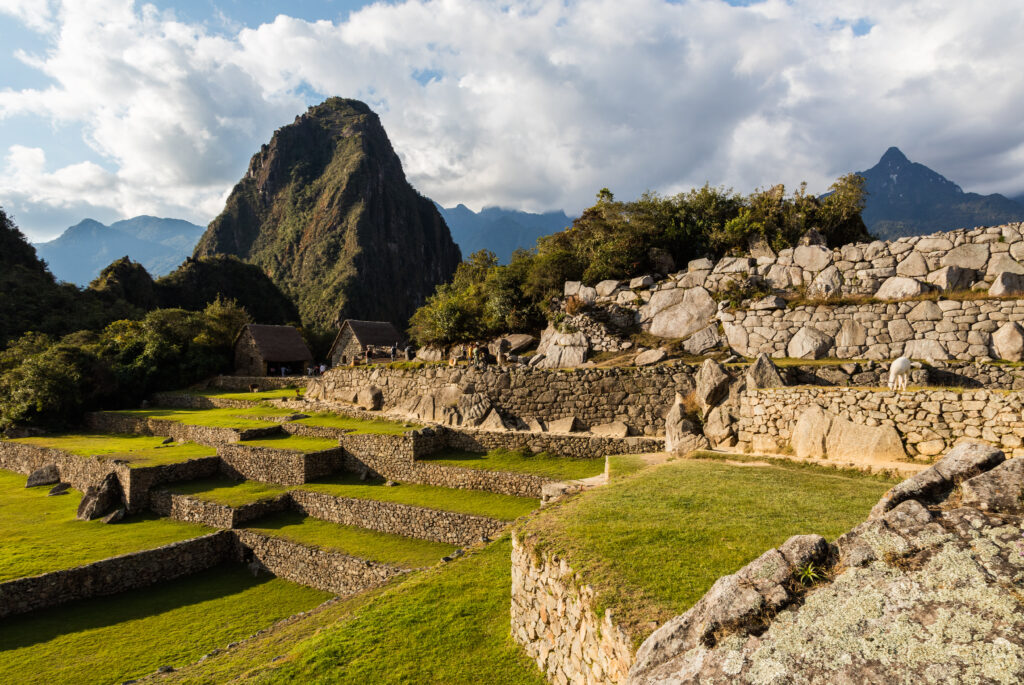
Diego Delso, delso.photo, License CC BY-SA
License : Creative Commons Attribution-Share Alike 4.0 International
Sitting high in the Peruvian Andes is the “Lost City of the Incas,” Machu Picchu. Abandoned after just 80 years, the 15th-century estate for an emperor features incredible and polished dry-stone walls. While known to locals for centuries, American historian Hiram Bingham introduced the site to the world in 1911.
The Pyramids Of Giza

Photo by Kallerna on Wikimedia Commons
License : Creative Commons Attribution-Share Alike 3.0 Unported
Nothing says “ancient mystery” quite like the Pyramids of Giza. The Great Pyramid was constructed around 2600 BC as a tomb for Pharaoh Khufu and is the last surviving Wonder of the Ancient World. Constructed from 2.3 million massive stone blocks, the way it was built remains a popular debate, though ramps and immense manpower were likely key.
The Acropolis
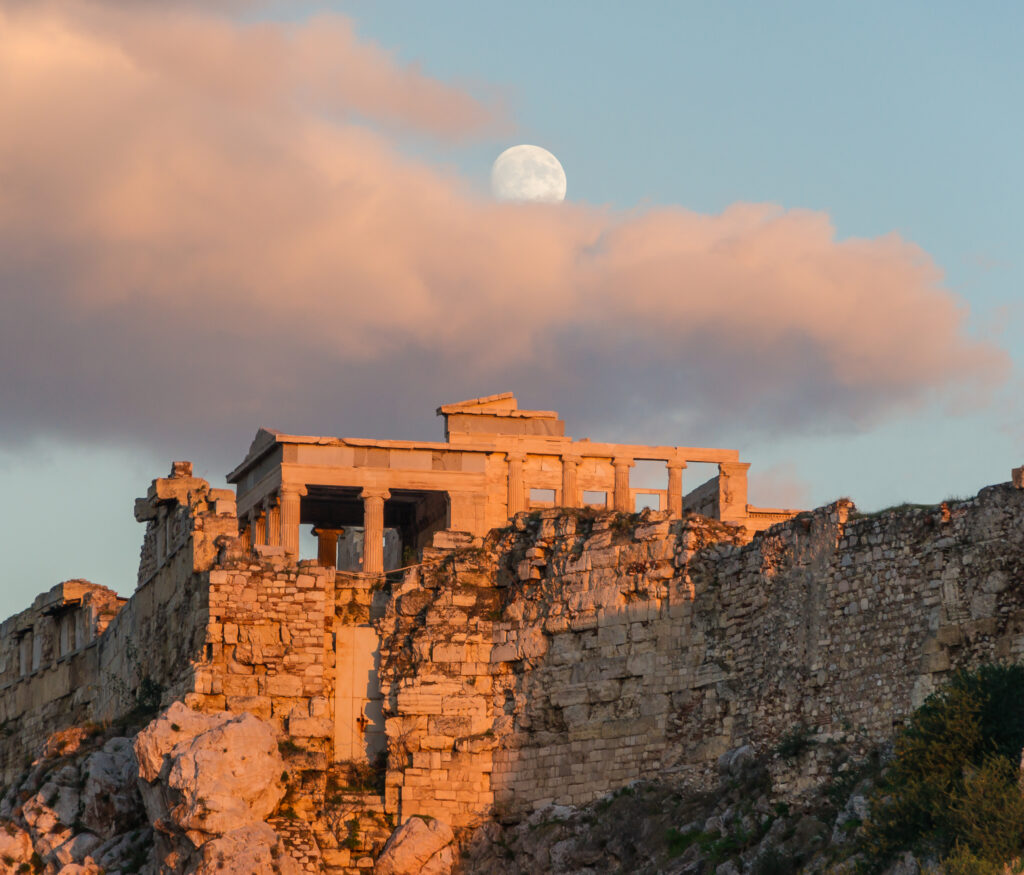
Photo by Jebulon on Wikimedia Commons
Looming over Athens, the Acropolis is more than just a pretty ruin; it was the sacred heart of the ancient city. This hilltop citadel is dedicated to the goddess Athena and dates back to the 5th century BCE. Its most famous structure is the Parthenon, a stunning temple that represents the peak of Doric architectural style and design.
Angkor Wat

Photo by Satdeep Gill on Wikimedia Commons
License : Creative Commons Attribution-Share Alike 4.0 International
Imagine a temple so grand it covers 400 acres. That’s Angkor Wat in Cambodia, the world’s largest religious monument. Originally built in the 12th century as a Hindu temple for Vishnu, it later became a significant site for Buddhism. Its iconic silhouette represents the sacred Mount Meru, and even appears on Cambodia’s national flag.
Petra
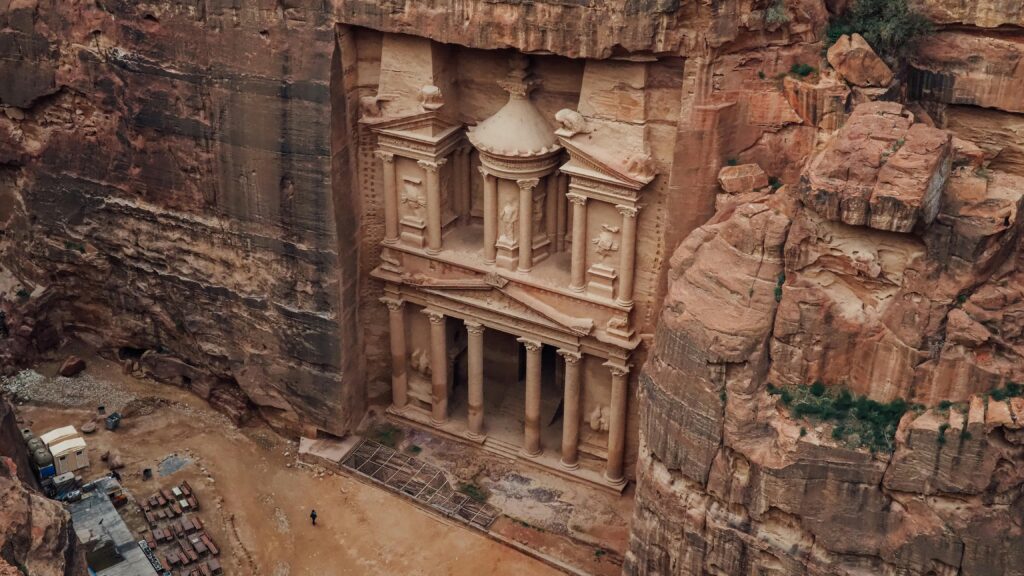
Photo by Florent Bertiaux on Pexels
Deep in the high desert of Jordan lies the ancient city of Petra, a once-thriving empire founded by the Nabateans, a nomadic Arab tribe. To enter this lost civilization, you must pass through the Siq, a narrow canyon that opens to reveal its famous rock-cut architecture. The city’s interior reveals dozens of temples and tombs sculpted from red sandstone.
The Forbidden City

Photo by Han Zheng on Wikimedia Commons
License : Creative Commons Attribution-Share Alike 2.0 Generic
Located in the heart of Beijing’s Imperial City, it is an imperial palace complex that served as the center of Chinese power for over 500 years. Housing a total of 24 Emperors from the Ming and Qing dynasties, the palace gained its name from its severely restricted access. Here, entry was forbidden to all but the imperial family, and any unauthorized visitors would face immediate execution.
Stonehenge
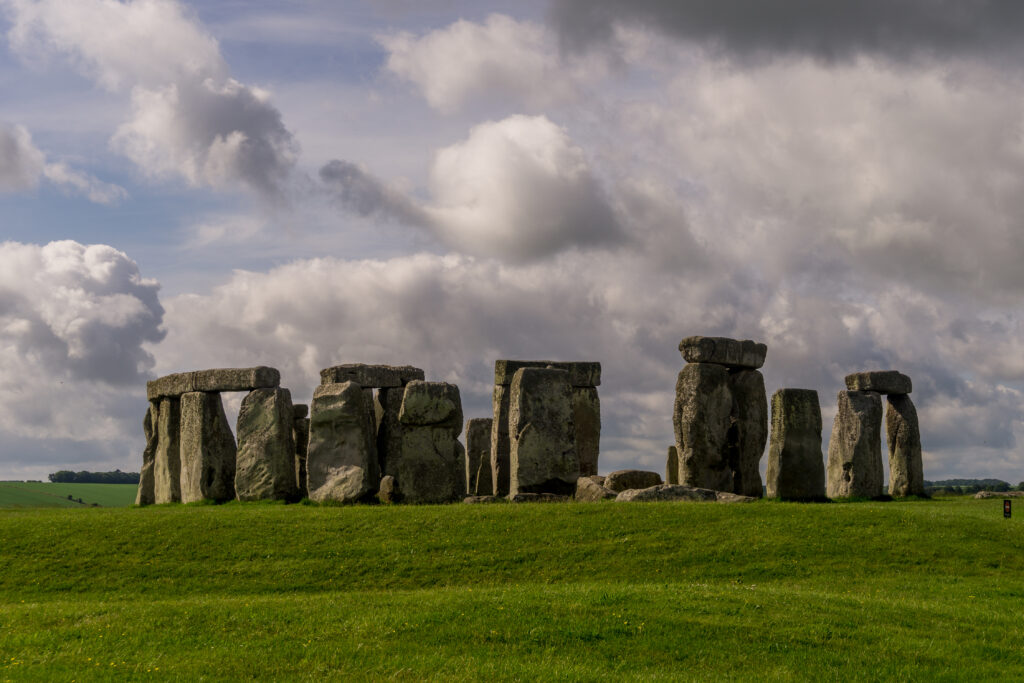
Photo by Sumit Surai on Wikimedia Commons
License : Creative Commons Attribution-Share Alike 4.0 International
On England’s Salisbury Plain stands Stonehenge, a prehistoric monument of massive stones constructed between 3000 and 1520 BCE. It was built by using a sophisticated post-and-lintel system to arrange stones transported from distant locations into a precise circle. Though its purpose remains a mystery, it was likely a religious site for powerful chieftains and priests.
The Taj Mahal
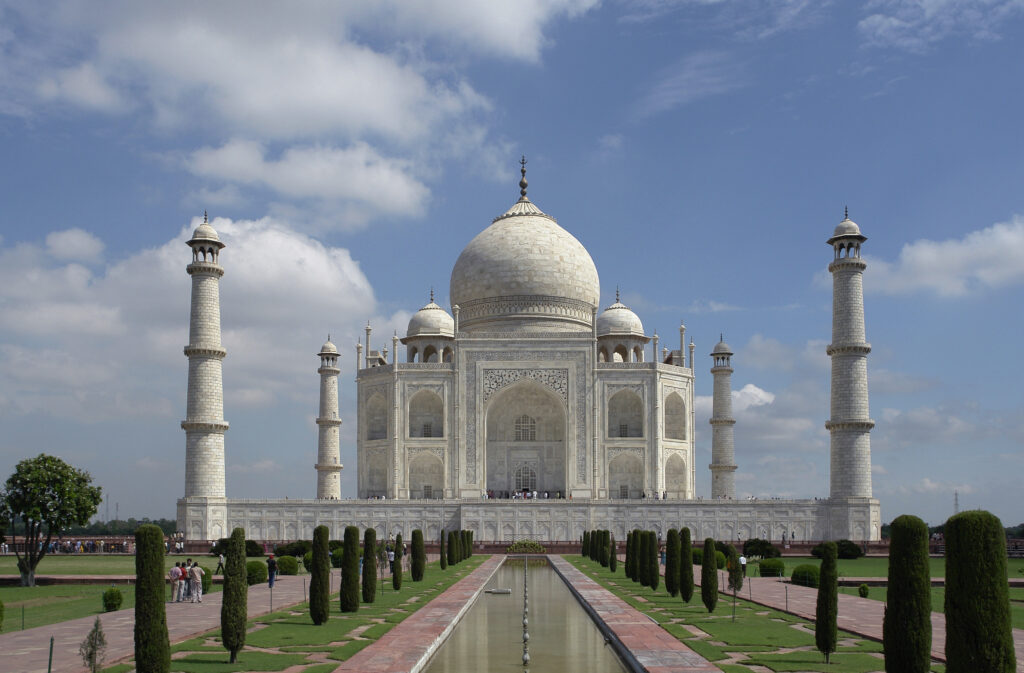
Yann Forget / Wikimedia Commons / CC-BY-SA
License : Creative Commons Attribution-Share Alike 4.0 International, 3.0 Unported, 2.5 Generic, 2.0 Generic and 1.0 Generic
Talk about a grand romantic gesture. The Taj Mahal isn’t a palace, but an exquisite ivory-white marble mausoleum. Mughal emperor Shah Jahan commissioned it in 1631 as a final resting place for his beloved wife, Mumtaz Mahal. This stunning monument to love, which also houses his tomb, took over 20,000 artisans to complete.


Leave a Reply